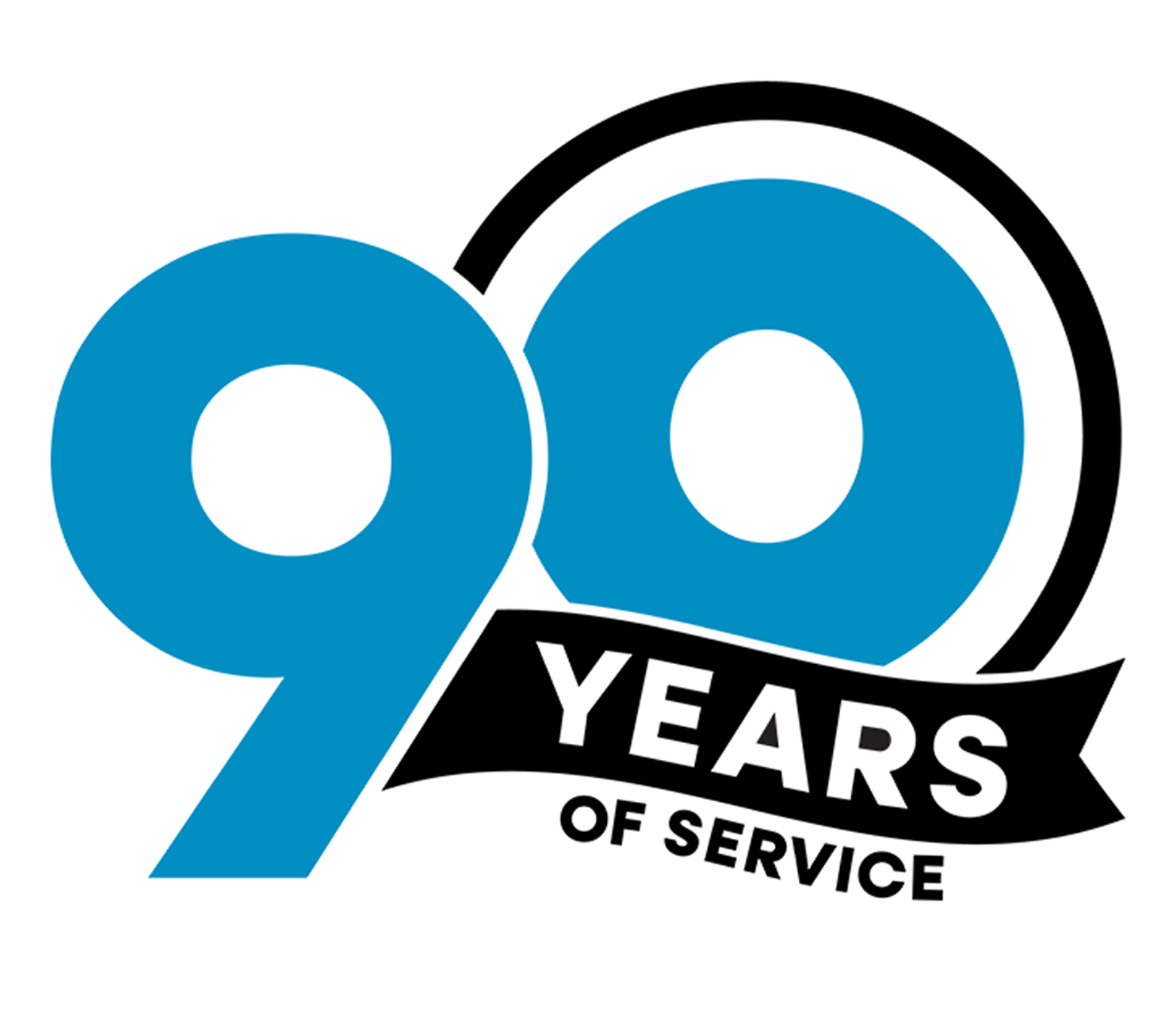If economic hardships (or careless spending) have you facing hefty credit card bills, debt consolidation may help you streamline your finances. But is it worth it? We’ll walk you through the advantages and disadvantages of this popular strategy.
What is Debt Consolidation?
Debt consolidation is a financial strategy that involves combining multiple debts into a single, more manageable loan or repayment plan. By combining various debts into a single loan, you can sometimes lower your interest rates and pay one larger monthly payment instead of multiple smaller payments.
What Are My Debt Consolidation Options?
There are several ways to consolidate debt—each with their own benefits and drawbacks. The three most common options for debt consolidation are Home Equity Lines of Credit (HELOCs), personal loans, and balance transfer credit cards.
1. Home Equity Line of Credit (HELOC):
A home equity line of credit, or HELOC, is essentially a second mortgage that gives you access to funds based on the value of your home. You do not need to have your home paid off to draw a HELOC loan. In fact, with this type of loan, you borrow against your home’s equity—it’s value minus the money you still owe on the primary mortgage. You can also get a HELOC loan if you own your home outright, but in that case, the HELOC becomes the primary mortgage rather than a second one.
When you take out a HELOC, you are typically given a sum of money that you can use as needed. You will then pay interest on the amount you draw from the HELOC loan.
Pros:
- Lower Interest Rates. HELOCs often offer lower interest rates compared to credit cards or unsecured personal loans. This can result in significant savings over time, especially if you’re consolidating high-interest debts.
- Flexible Borrowing. With a HELOC, you’re approved for a certain credit limit based on the equity you have in your home. This gives you the flexibility to access funds as needed, making it a useful tool for managing both expected and unexpected expenses.
- Potential Tax Benefits. In some cases, the interest paid on a HELOC may be tax-deductible, which can further reduce your overall financial burden.
Cons:
- Home as Collateral. Using your home as collateral means you risk losing your home to foreclosure if you’re unable to make payments.
- Variable Interest Rates. HELOCs sometimes come with variable interest rates, which means your monthly payments can fluctuate based on market conditions, potentially leading to uncertainty in your budget.
- Fluctuating Home Value. If the value of your home drops significantly, you could end up owing more than it’s worth.
- Fees and Closing Costs. Like any loan, HELOCs can come with fees and closing costs that need to be factored into your decision.
- Risk of Overspending. A HELOC is an open line of credit—often for $75,000 or more depending on the lender, accumulated equity, and value of the home in question. When faced with such a large sum of available funds, many homeowners are quick to overspend. And it’s easy to do because—as with a credit card—you can borrow as much as you’d like until your credit limit is reached. If you plan to consolidate debts with a HELOC, draft a plan for how you will spend those funds before you max out the loan.
2. Personal Loans:
A personal loan can be a secured or unsecured loan. A secured personal loan uses collateral (such as a savings account or certificate of deposit) to secure the balance of your loan. An unsecured personal loan doesn’t require collateral to secure the funds. Instead, the lender evaluates your creditworthiness and financial history to determine whether you qualify for the loan and what interest rate you’ll receive.
Once approved for a personal loan, you’ll receive a lump sum of money that you can use for virtually any purpose—including paying off debts.
Pros:
- Predictable Payments. Personal loans typically come with fixed interest rates and a set repayment period, providing you with consistent and predictable monthly payments.
- No Collateral Required. If you opt for an unsecured loan, you won’t need collateral (as you would with a HELOC) to qualify for the loan. That means you won’t risk losing those assets if you’re unable to make payments.
- Simplified Repayment. Consolidating debts into a single personal loan simplifies your financial life by having just one payment to manage.
Cons:
- Higher Interest Rates. While personal loans can offer competitive rates, they tend to have higher interest rates compared to HELOCs.
- Limited Loan Amounts. Depending on your creditworthiness, the maximum loan amount for a personal loan might not be sufficient to cover all your existing debts.
- No Tax Benefits. Unlike some HELOCs, the interest paid on a personal loan is generally not tax-deductible.
3. Balance Transfer Credit Card:
A balance transfer credit card allows you to move debt from one account or credit card to another. Ideally, this is done with either an introductory 0% APR offer or with a lower ongoing rate than the account you’re shifting your debt from.
Pros:
- Simple to Get. Balance transfer credit cards are often quicker and easier to get than most loans and most of them can be acquired online without a trip to your financial institution.
- No Interest if Paid On Time. Some balance transfer card options offer 0% interest for a designated period, which allows you to pay off the debt without accumulating more (assuming you pay on time).
- No Collateral Required. You won’t need a car, home, or savings account to secure a balance transfer credit card.
Cons:
- Hard Pull on Your Credit Report. Applying for a balance transfer credit card will involve a hard pull on your credit history, which typically lowers your credit score for a short period of time.
- Limited Loan Amounts. Depending on your creditworthiness, the maximum credit limit might not be enough to cover all your existing debts.
- Balance Transfer and Transaction Fees. With many balance transfer credit cards, you will be charged a fee of 3-5% of the amount transferred on top of the balance.
- High APR After Grace Period. If you see an offer for a balance transfer credit card with 0% for a year or several months, check the terms and conditions. The APR after the grace period is often higher than other loans and may even top 30%.
- No Tax Benefits. As with personal loans, the interest paid on a credit card is not tax-deductible.
- Risk of More Debt. Depending on the credit limit of the balance transfer card you acquire, you may have available credit after your existing debt is transferred over. It can be tempting to continue to spend, but this would only add to your debt burden.
How to Choose the Plan That is Right for You
Debt consolidation can be an effective strategy for managing multiple debts, but how you do it and whether it is worth the effort depends on your circumstances and preferences. If you’re a homeowner with substantial equity and are comfortable using your property as collateral, a HELOC is a great option. On the other hand, if you prioritize the predictability of fixed payments and don’t want to risk your home, a personal loan could be a better fit.
Before deciding, calculate the costs and carefully compare the terms and conditions of each option. If need be, consult with a lending specialist or financial advisor. Regardless of the path you choose, the goal of debt consolidation remains the same: to regain control of your finances and work towards a debt-free future.

